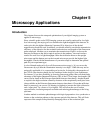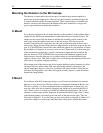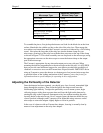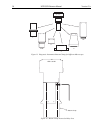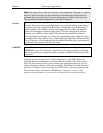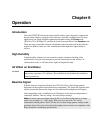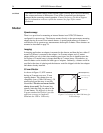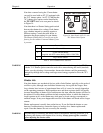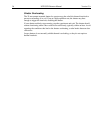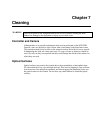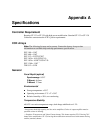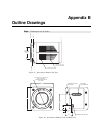
34 NTE/CCD Detector Manual Version 2.A
If you observe a sudden change in the baseline signal you may have excessive humidity
in the vacuum enclosure of the detector. Turn off the system and have the detector
repumped before resuming normal operation. Contact the factory Technical Support
Dept. for information on how to refresh the vacuum. See page 50 for contact
information.
Shutter
Spectroscopy
There is no provision for mounting an internal shutter in an NTE/CCD detector
configured for spectroscopy. The detector mounts directly to the spectrometer mounting
adapter leaving no room for an internal shutter. A spectrograph entrance slit shutter is
available for use in spectroscopy measurements that require a shutter. These shutters are
mounted as described on page 14.
Imaging
In imaging applications an adapter is mounted to the detector and then the lens, either C-
mount or F-mount, is mounted to the adapter. An F-mount adapter and a C-mount
adapter differ not only in their lens-mounting provisions, but also in depth because the
focal plane of F-mount lenses is deeper than that of C-mount lenses. Nevertheless, an
internal shutter can be installed in both types of adapters. Ordinarily, a shutter would be
specified at the time of ordering and the detector would be shipped with the lens adapter
and shutter already installed.
35 mm Shutter
As shown in Figure 13, NTE cameras
having an F-mount nose use a 35 mm
opening shutter. This shutter does not
completely clear a 1300×1340 array (~38
mm diagonal) and the array is not fully
illuminated.
This does not mean that the
shutter is too small.
The F-mount lens
actually limits the field size ahead of the
35 mm shutter. The difficulty is that the
F-mount standard itself doesn’t provide
sufficient coverage to completely
illuminate the 1300 × 1340 array.
F-mount field of view
(illuminated region of array)
1300 x 1340 array
dark area of array
35 mm shutter coverage
Figure 13. Coverage on 1300×1340 Array for
F-mount Design
CAUTION




